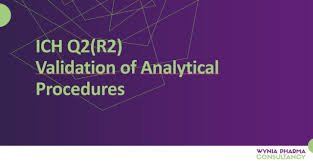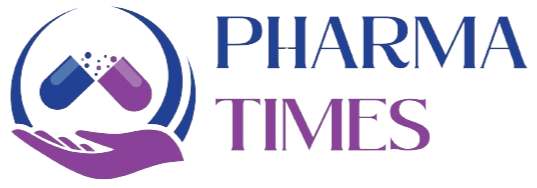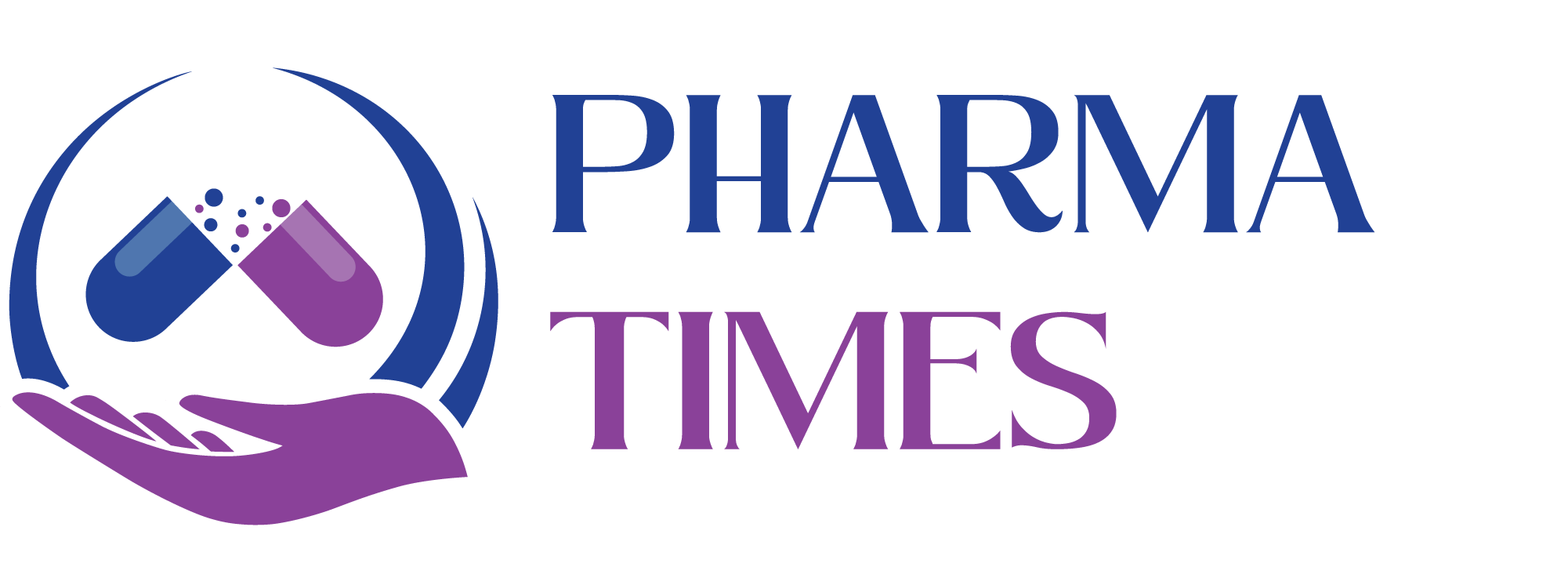Q2: Analytical Validation

🧪 ICH Q2: Analytical Validation
🔹 Full Title:
ICH Q2(R2) – Validation of Analytical Procedures
🔹 Objective:
To provide guidance on the validation of analytical methods used to test drug substances and products — ensuring that the methods are accurate, reliable, and reproducible for their intended use.
📘 Purpose of Analytical Validation
Analytical validation demonstrates that an analytical procedure is suitable for its intended purpose — such as identifying, quantifying, or testing impurities in a product.
It ensures:
-
Accuracy of results
-
Reproducibility between laboratories
-
Consistency of product quality over time
⚗️ Types of Analytical Procedures
-
Identification Tests – Confirm identity of a compound.
-
Quantitative Tests for Impurities – Measure impurity levels.
-
Limit Tests for Impurities – Check impurities are below limits.
-
Quantitative Tests for Active Ingredient (Assay) – Determine the active content.
🧩 Analytical Method Validation Parameters
| Parameter | Purpose / Description |
|---|---|
| 1. Accuracy | Closeness of test results to true value or reference standard. |
| 2. Precision | Reproducibility of results. Includes: • Repeatability • Intermediate precision • Reproducibility |
| 3. Specificity | Ability to measure analyte in presence of impurities, excipients, or degradation products. |
| 4. Detection Limit (LOD) | Lowest amount of analyte that can be detected but not necessarily quantified. |
| 5. Quantitation Limit (LOQ) | Lowest amount of analyte that can be quantitatively measured with acceptable precision and accuracy. |
| 6. Linearity | Ability to produce results directly proportional to concentration. |
| 7. Range | Interval between upper and lower concentration values showing acceptable precision, accuracy, and linearity. |
| 8. Robustness | Ability to remain unaffected by small deliberate variations in method parameters. |
| 9. System Suitability | Ensures system performance before analysis (e.g., resolution, theoretical plates, tailing factor). |
🔍 When Validation is Required
-
New analytical method development.
-
Transfer of method between labs.
-
After major method or instrument change.
-
As part of periodic revalidation (per SOP or regulatory requirement).
🧾 Typical Documentation
-
Method validation protocol.
-
Raw data and chromatograms.
-
Calculations and statistical analysis.
-
Validation summary report with conclusion.
🏭 Regulatory Importance
-
Required by ICH, WHO, FDA, EMA, and CDSCO.
-
Supports NDA, ANDA, and DMF submissions.
-
Ensures data integrity and product release reliability.

